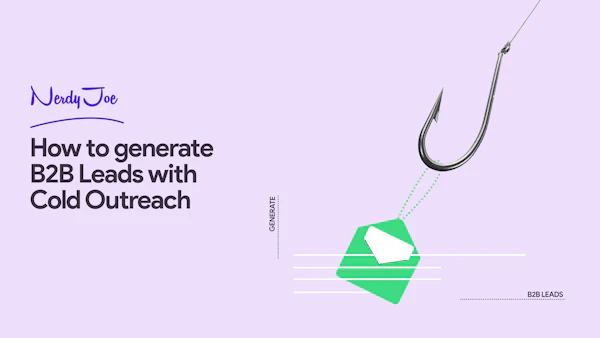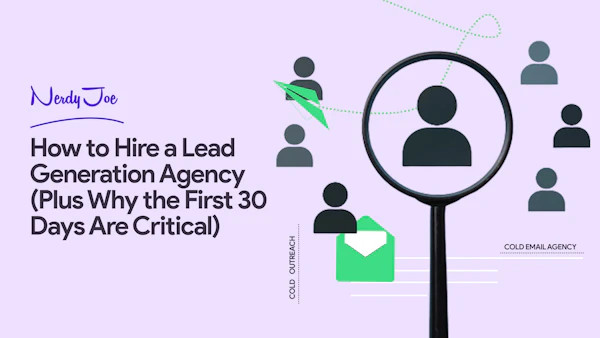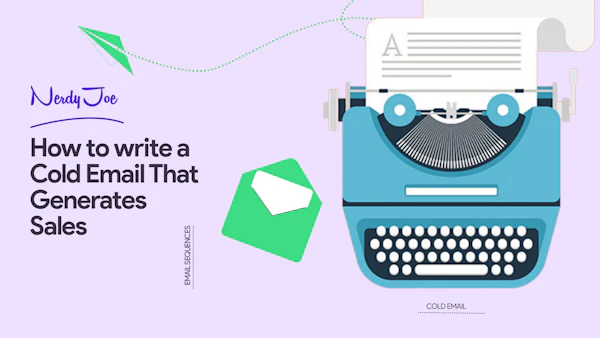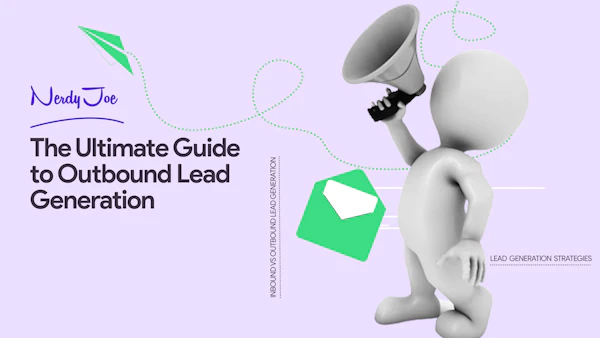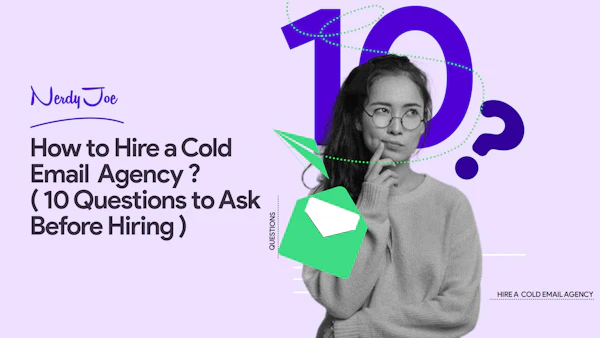Our team spent months sending hundreds of thousands of emails to managers and C-level executives, trying different strategies and processes to learn what makes them act.
We learned a lot, but most importantly, we figured out the ideal processes and styles for writing cold emails that get replies from busy C-levels at $100M ARR companies.
Here’s an example of how we use it to get replies from…
Yam Regev, then Head of Marketing at the $80M ARR company Elementor.
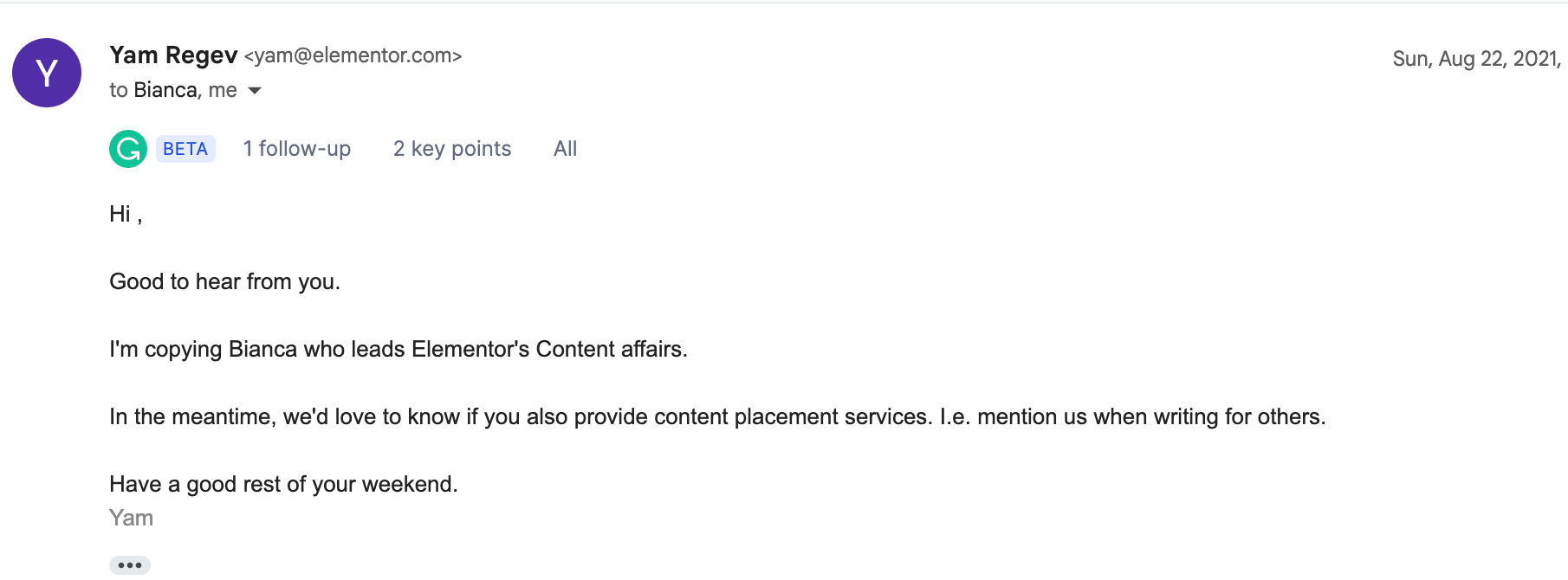
Or Joshua Hardwick, Head of Content at $100M ARR SEO company Ahrefs. Mind you, we pitched Tim Soulo, the Head of Marketing, and he forwarded the email to Joshua.
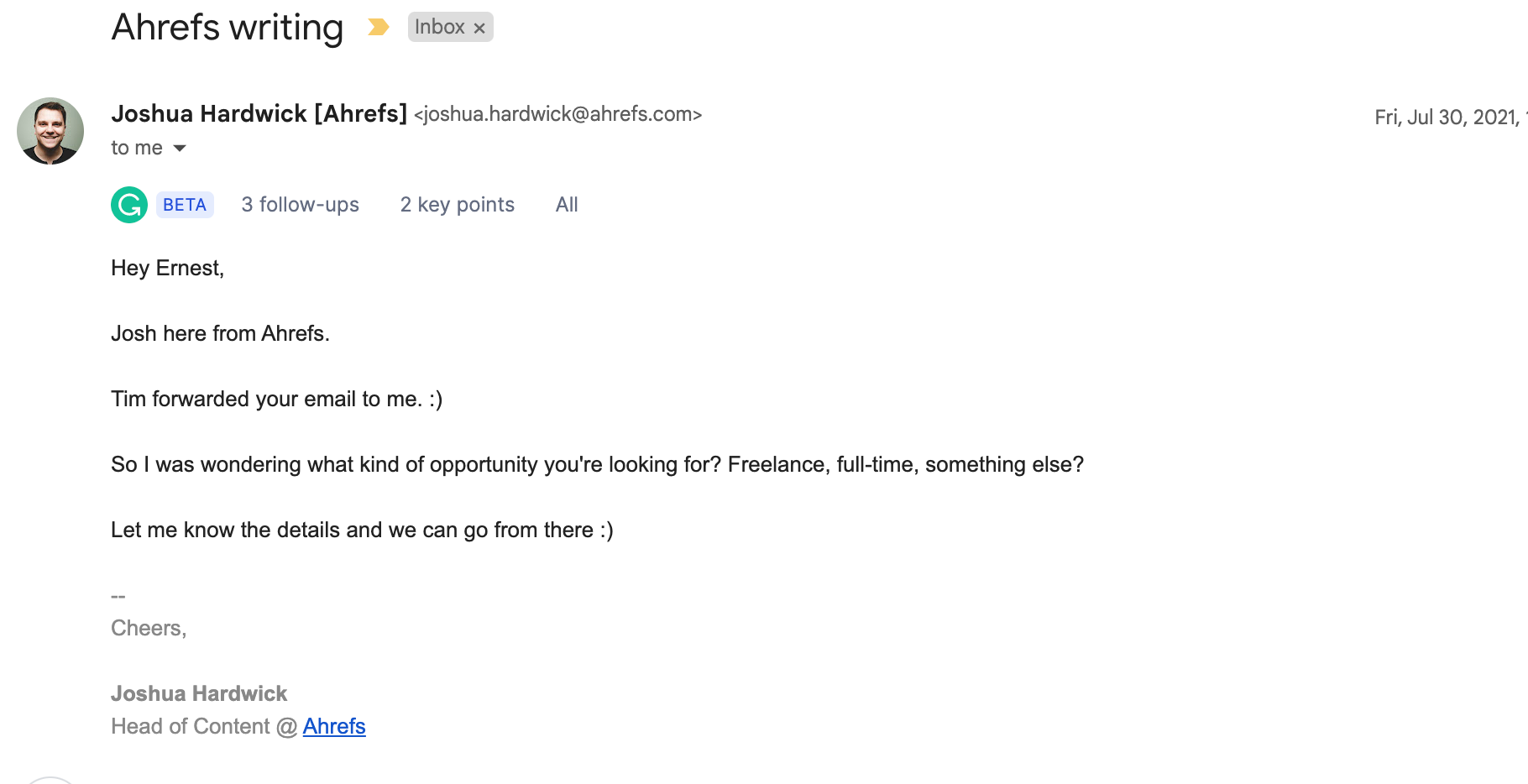
Or Irina Maltseva, ex-Head of Marketing at bootstrapped ZoomInfo competitor, Hunter.io.
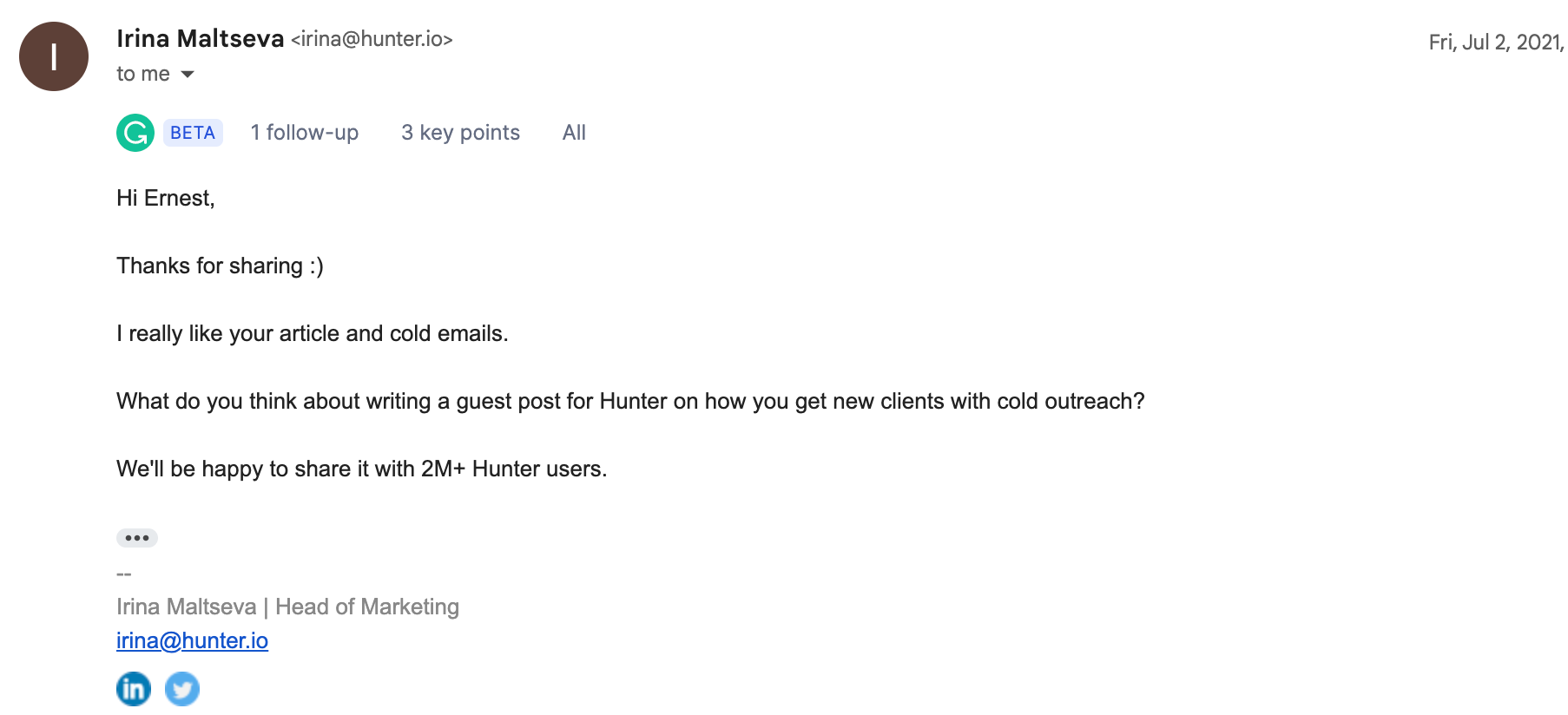
Or even Angela Ceccarelli, ex-VP of Marketing at Symbridge.
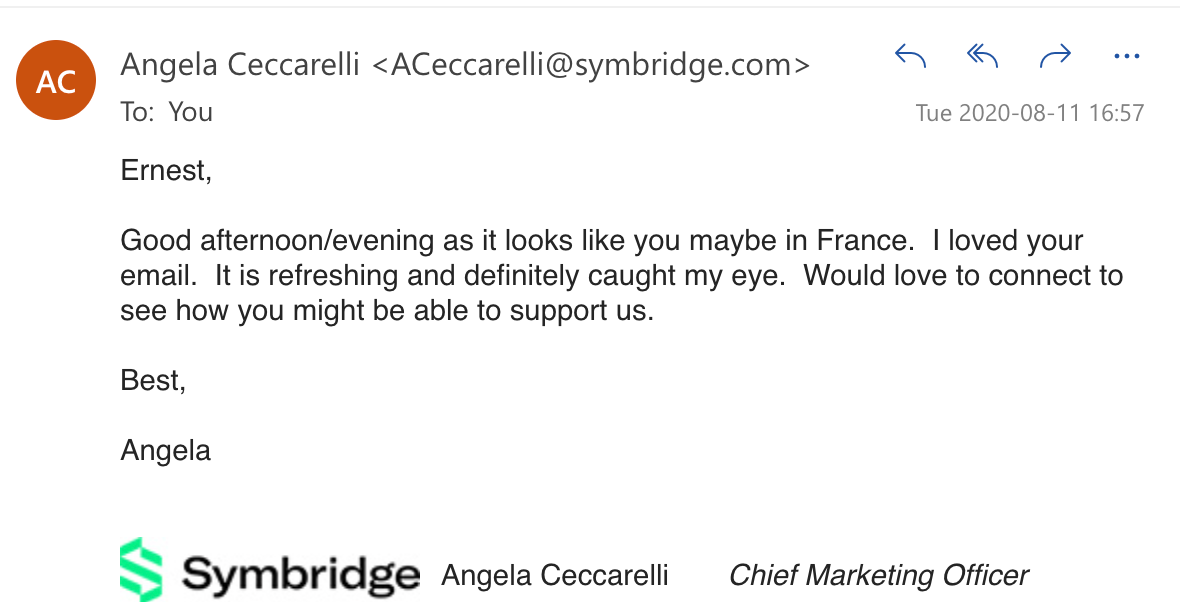
We have a few more in the bank and could go on. But you see what we mean.
We figured out the ideal processes and styles for writing cold emails that get replies from busy C-levels and how to email CEOs at $100M ARR companies.
And that’s what we want to show you in this article.
We want to show you precisely how we research, map, and craft cold emails, cold email subject lines, and cold email first lines that catch the attention of senior manager prospects and get a reply.
Let’s start with the first element of the cold email copy, the subject line.
Note: Struggling to get replies or book meetings with CEOs that fit in your ICP? We’ll help you get 6 SQLs or book 6 meetings with CEOs that are ready to buy. Book a meeting now.
How We Craft Email Subject Lines That Get CMOs Attention
If you read our case studies about how we get replies from CEOs, you know that we have a particular approach to crafting subject lines.
Unlike most people who choose and write their subject lines based on gut feelings, we take a unique approach to it and actually score them against grades.
But before we get into how we do subject line scoring, here are a few basic rules to ensure your email subject line is great and follows best practices.
You basically need to follow these best practices to get great results, especially if you don’t have a working relationship with the prospect.
Keep your email subject line short:
There are a few reasons you should keep your subject lines short and sweet:
Most people, even senior execs, use their mobile phones to read their emails.
Many CEOs and C-levels don’t read the way you think. They scroll and use the F-pattern when reading, meaning they read blocks of content horizontally up and down the page.
A senior executive doesn’t have time to waste.
So, when writing your subject line, make sure it’s:
mobile-friendly,
short in a way that one can read it at a glance,
Made up of power words and elements that catch attention.
Here’s an example that worked for us.

It’s short and personalized. We mentioned the senior executive’s first name, made it sound cool (hey Karina), and we said something that got them intrigued (It’s Ernest…. But who’s Ernest?).
Use different email subject line styles
When it comes to sending cold emails, most people just stick to the mainstream “Quick question.”
Although it works, this cold email subject line is not the only style you can use to get results. Here are some other styles you can try in your approach to writing subject lines that get results
Be straightforward: State directly what you want to ask.
Ask a question: Formulate your ask in the form of a question.
Say something intriguing: Mention something that will get your recipient interested and curious.
Be funny: Knock knock! Who doesn’t like a good joke?
Be personal: Mention something personal about the person you’re emailing. It might be their birthday, hobby, favorite color or food, etc.
After you’ve done crafting your email subject lines, it’s time to list them and score them against Nerdy Joe’s scoring system.
Here’s how to do it.
Write your subject lines using the tips we shared above. Now assign each of them a score of 5/10. The idea is that a subject line makes it to your final list; it’s because somehow it’s good.
Every comment (pros or cons) you have about every email subject line gets a score of 2 points.
Pros are by nature positive, so every positive thing about your subject line gets +2.
Cons are by nature negative, meaning every single negative comment about your subject line gets -2.
The sum of your subject line’s points is the final score.
Here’s a real-life example.
We’re writing to a VP of marketing and have decided to score the following subject lines against our grading system:
Hey [[First name]], it's Ernest
Your [[Company]]’s content strategy
300% growth in 3 months
| Subject Lines | Pros (+2) | Cons (-2) | Overall Score |
|---|---|---|---|
| “Hey [[First name]], it's Ernest” | It mentions the recipient’s name. It mentions my name in a way that makes it seem like the recipient knows me. It’s short and intriguing. | The recipient doesn’t know who Ernest is. | 9/10 |
| “Your [[Company]]’s content strategy” | It says exactly what the email is about. It mentions content strategy, which is something a VP of marketing cares about. It’s talking of something that might be in the company’s interest. | Doesn’t say what about the content strategy. It’s not really indicative of my intentions and what the ask is. | 7/10 |
| “300% growth in 3 months” | It mentions some figures that might get the recipient intrigued. It mentions something “impressive” that happened within a short timeframe. Every VP of Marketing dreams of short-term results. | It’s vague and doesn’t tell us more about what growth it is about. 300% means nothing if you don’t go into the details. (Taking something from 1 to 4 is a 300% increase.) | 5/10 |
So, at the end of the day, the first subject line scoring 9/10 is the winner. And that’s exactly how we find subject lines that move the needle and get the executive’s attention.
4 Steps We Use to Write Cold Emails That Get Replies From C-Level Executives
Researching the senior executives you want to cold email
Before even typing the first sentence of our executive cold email, we have to research your prospect and gather as much information as possible.
What do we need this information for?
Well, we don’t just want our email to be transactional. We like it when the prospect feels like the email is timely, to the point, and very much welcome.
See this email response we’ve received from Irina Maltseva, then Head of Marketing at Hunter.

Or even this response from Robert Wik, Head of Marketing and Founder of PrestigeLink.

These two have one thing in common: the recipient liked the email and couldn’t hold but thank us for reaching out.
How do we go about prospect research at Nerdy Joe?
Well, we really go meta in the way we search for information. That means we go beyond the basic LinkedIn profile research or the company update.
We listen to podcasts and read columns they’ve contributed to on Forbes, Business Insiders, Inc., etc. We also watch YouTube videos they’ve been featured in or even LinkedIn posts they’ve commented on.
Our goal is not only to find bits of data we can use to personalize our cold email sequence but also to get into their mind and understand their thinking and philosophy. The basic premise of this is that we want our prospects to feel like we’re not sales, not just people trying to book a meeting with them.
Here’s how we do it.
We start by checking their podcast or LinkedIn posts. Here are particular things we pay attention to:
Something personal they mentioned.
Company information that’s not public that they mentioned.
Something impressive they’ve accomplished career-wise.
Their stand on a particular topic.
Something unique about them or their company.
Once we’ve gathered that information, we list bits of it somewhere so we can triage and use the most relevant information for our cold email opening line.
Writing hyper-personalized email first lines/icebreakers
This part gets easier when you nail the research part. It simply consists of using the information you’ve collected to write your personalized first line.
Here’s how we craft our first lines.
When we cold emailed Ben Sailer, then the head of growth at CoSchedule.

And here’s his reply one hour later.
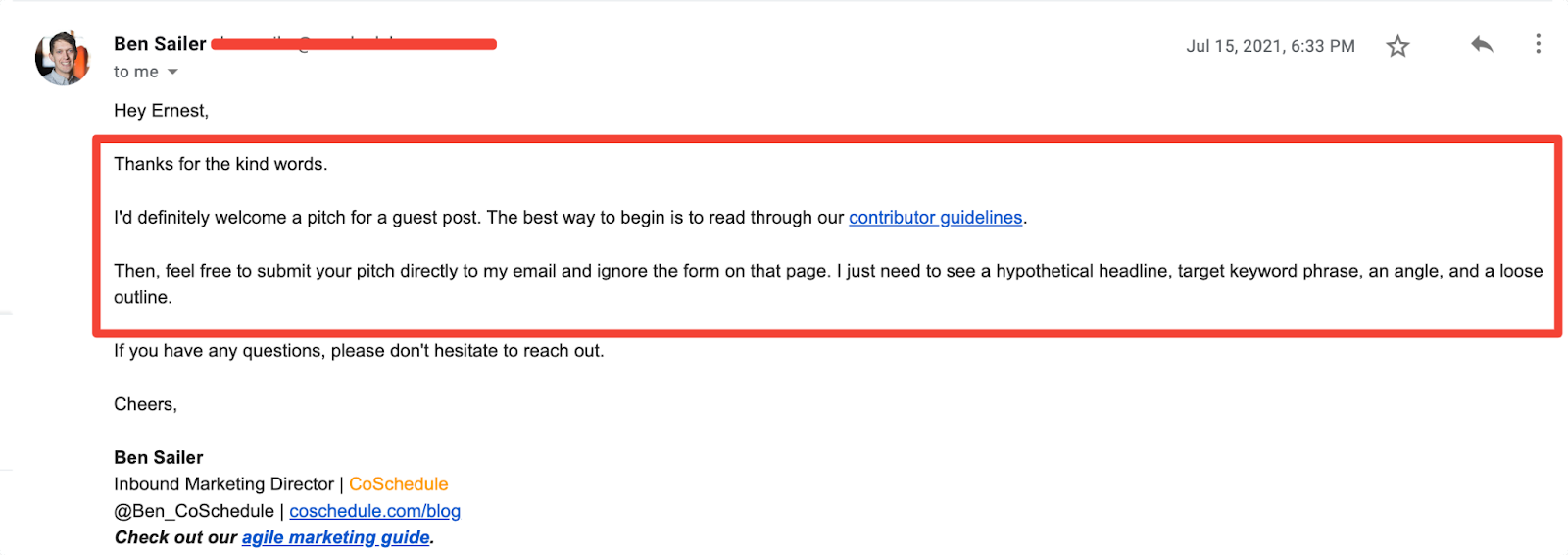
Here’s another cold email first line we sent to Marc Thomas, Head of Marketing at the SaaS marketing agency, Powered By Search. And see his response below.
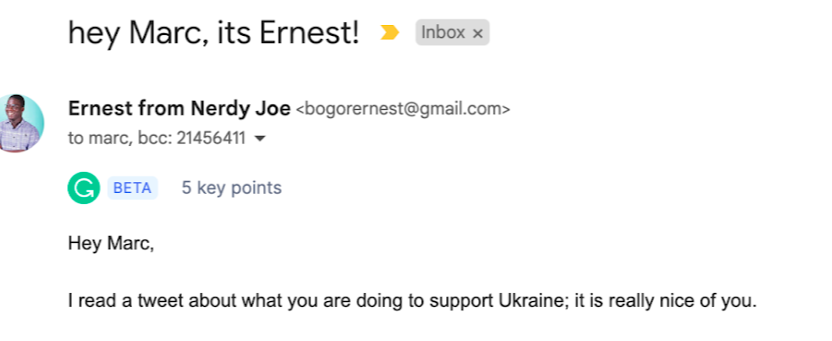
And see his response below.
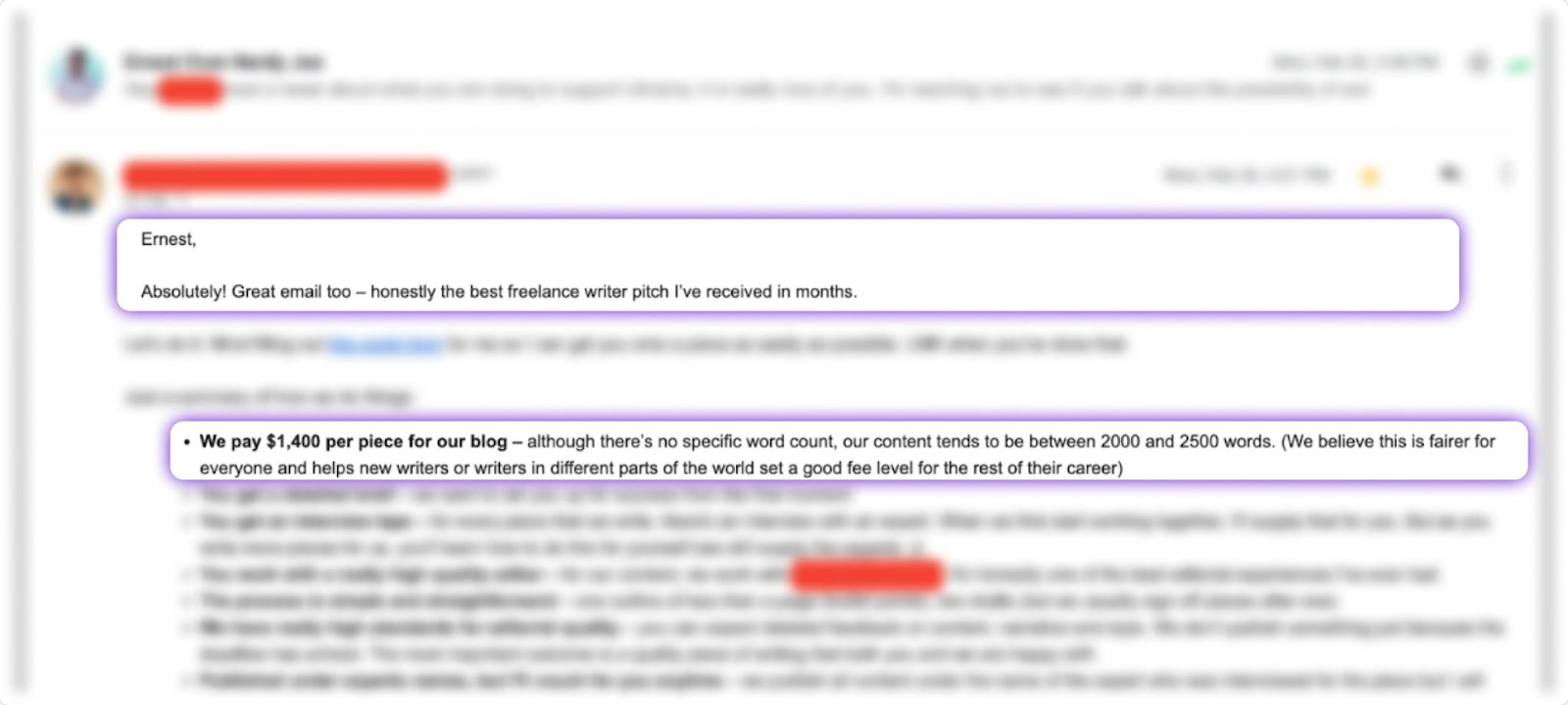
Notice how they couldn’t resist but thank me for the kind words or mention how great the email is?
Here’s how you should process your research information to craft personalized first lines that build relationships:
If they’ve accomplished something, congratulate them.
If they’ve done something empathetic toward someone else, tell them how they’re changing the world.
If they said something or have something you two have in common, mention it.
If they’re going through something particularly personal, send them love and encouragement.
Never miss a chance to humanize and build relationships with your prospects.
Here are some tips for nailing your first lines:
Keep it short. No more than two lines, ideally.
Don’t be vague. The more meta you go, the better. Please don’t use phrases like
We love your blog. It’s nice.
Your podcast is great.
I read your blog post, and it’s great.
The more personal you can get, the easier you build relationships.
Never. Like EVER. Pitch in the first line.
Crafting super-persuasive email body
The goal of the icebreaker opening line is to make sure people read the second sentence, then the third, and on and on. It basically ensures that you make a great first impression.
However, the goal of the email body is to convince your target executives that you’re the right person for what you’re pitching or that your offer is worth being taken into consideration.
We usually subdivide our email bodies into three parts:
The line after the cold email opening line where you introduce yourself and offer social proof — the idea is to bring the conversation back to the matter, validate yourself and show them that you’re worth their time.
The line where you formulate the offer — this is where you provide answers to the questions, “why are you reaching out to me?” “What do you want from me?”.
The call to action — the next step.
So, the first line is where you get to introduce yourself and mention some case studies that justify that you’re the right person for your offer.
We usually recommend not going beyond 3 lines for this section — so that you avoid sending a lengthy email. But feel free to use bullet points to bring even more clarity to your point.
Here’s an example.

Here’s another example without bullet points.

After introducing yourself and showcasing some social proof, it’s now time to make your offer.
Why are you reaching out? Here, you have to be as straightforward as possible. Don’t be vague. Just formulate it and offer it.
Here are some formulas we recommend using:
Reaching out because [Formulate your ask]
I saw that you’re looking for [Your Service]. So, I’m reaching out to [Formulate your ask]
I just helped [Company] achieve [Results], and I’m reaching out to [Formulate ask]
If you have an important message to get across, just go ahead and state it before even introducing yourself. This way, it gets the attention it deserves.
Now that you’ve formulated your offer, it’s time to work on the CTA you want them to take.
What is it that you want them to do?
What should be the takeaway after reading your email?
Most marketers overcomplicate their CTAs by making them fancy, not direct to the point, and unrealistic.
Remember, you’re pitching senior executives, and they’re busy. Asking them to do something that’ll take 1 hour to get done isn’t realistic.
Here’s how we recommend going about your CTAs:
Make it short and concise.
Don’t beat around the bush.
Ask for something that doesn’t take time. Ideally, make it a Yes or No CTA.
Here’s an example of a CTA we sent and got results from.

This CTA got us a $2000/month contract right off the bat.
Having a great email follow-up process
The money is in the follow-up. Most people believe that when you get no replies to your emails, it means that the prospect isn’t interested.
That’s not true. No reply can simply mean:
Prospect is busy and didn’t get a chance to reply.
Prospect did see your email, but the timing isn’t great.
Prospect saw your email, opened it, and got distracted. But definitely thinks they replied.
So, why not follow up? After all, you have nothing to lose.
The way we build our cold email sequences at our lead generation agency is really particular. We like to map every stage of our client’s sales funnel with every single touch.
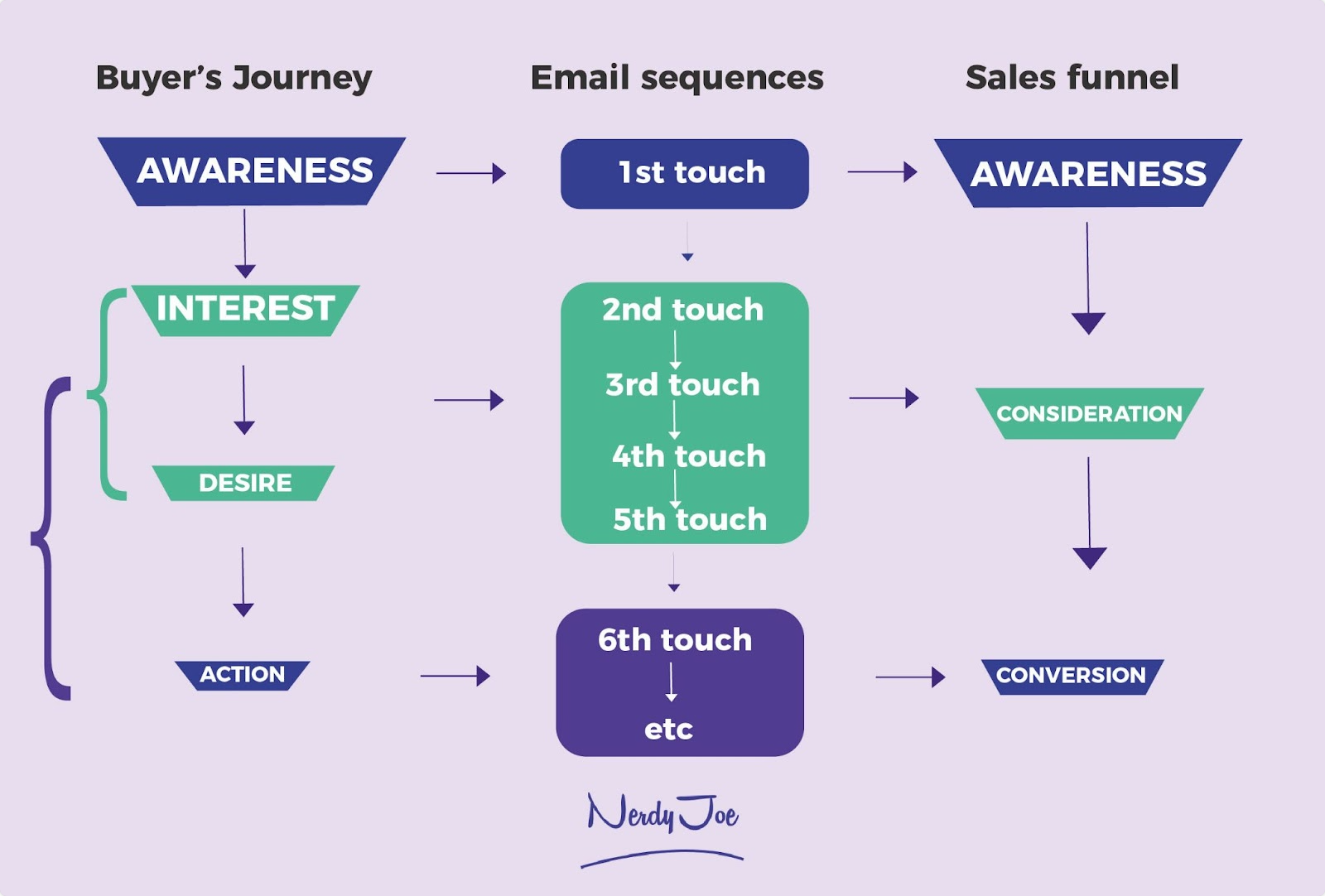
We usually start off by being passive and then get aggressive down the sequence. We also like to attribute a theme to each touch.
For instance, the second touch might be objection handling. The third touch might be social proof highlighting.
Here’s an example of a funnel we used for one of our clients.
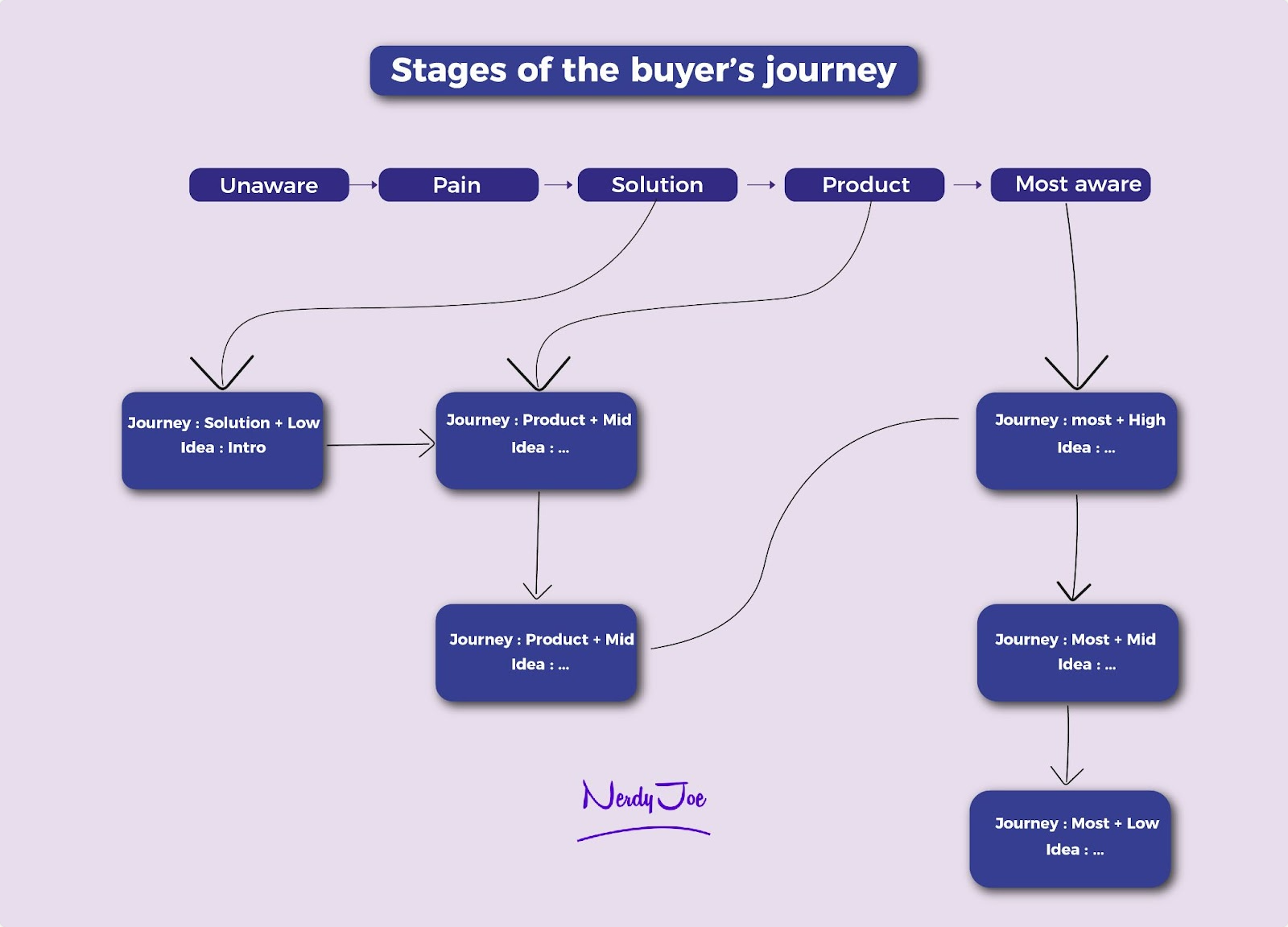
Most of their prospects were already aware that there was a solution to their problem. So, we started the campaign from there and made low-commitment offers. Down the road, we introduced our client’s product and handled objections, and gave prospects a reason to request a demo.
So, instead of always sending follow-ups like, “Have you seen my previous email,” ask yourself:
What pain points do my prospects have?
What possible objections can they have?
What are other solutions they could be looking at?
What results can I showcase to win their heart?
Once you’ve done answering these questions, you’ll figure out that there’s enough information to build a highly converting cold email sequence.
Let Nerdy Joe Help You Send Emails to Execs and Get You Results
Reaching out to executives and busy CMOs can be pretty stressful. In most cases, if you don’t do it the right way, your emails will go unanswered. Our team has perfectioned the best outreach process and strategies for winning such audiences over.
You’ve seen it in the introduction; we’ve done it for many companies and even got the busiest executives to read our cold emails, love them, and acknowledge their greatness before moving on to the conversation.
So, if you are looking to work with or sell to execs but don’t know how to go about it, look no further. We have the right team for you. At Nerdy Joe, we can help you with:
A full-service cold email marketing offer where we take care of your entire outreach strategy, segmentation, list building, nurturing, and lead generation.
A one-off cold email marketing campaign where we just help you hit a certain goal within a certain time frame.
Note: Struggling to get replies or book meetings with CEOs that fit in your ICP? We’ll help you get 6 SQLs or book 6 meetings with CEOs that are ready to buy. Book a meeting now.
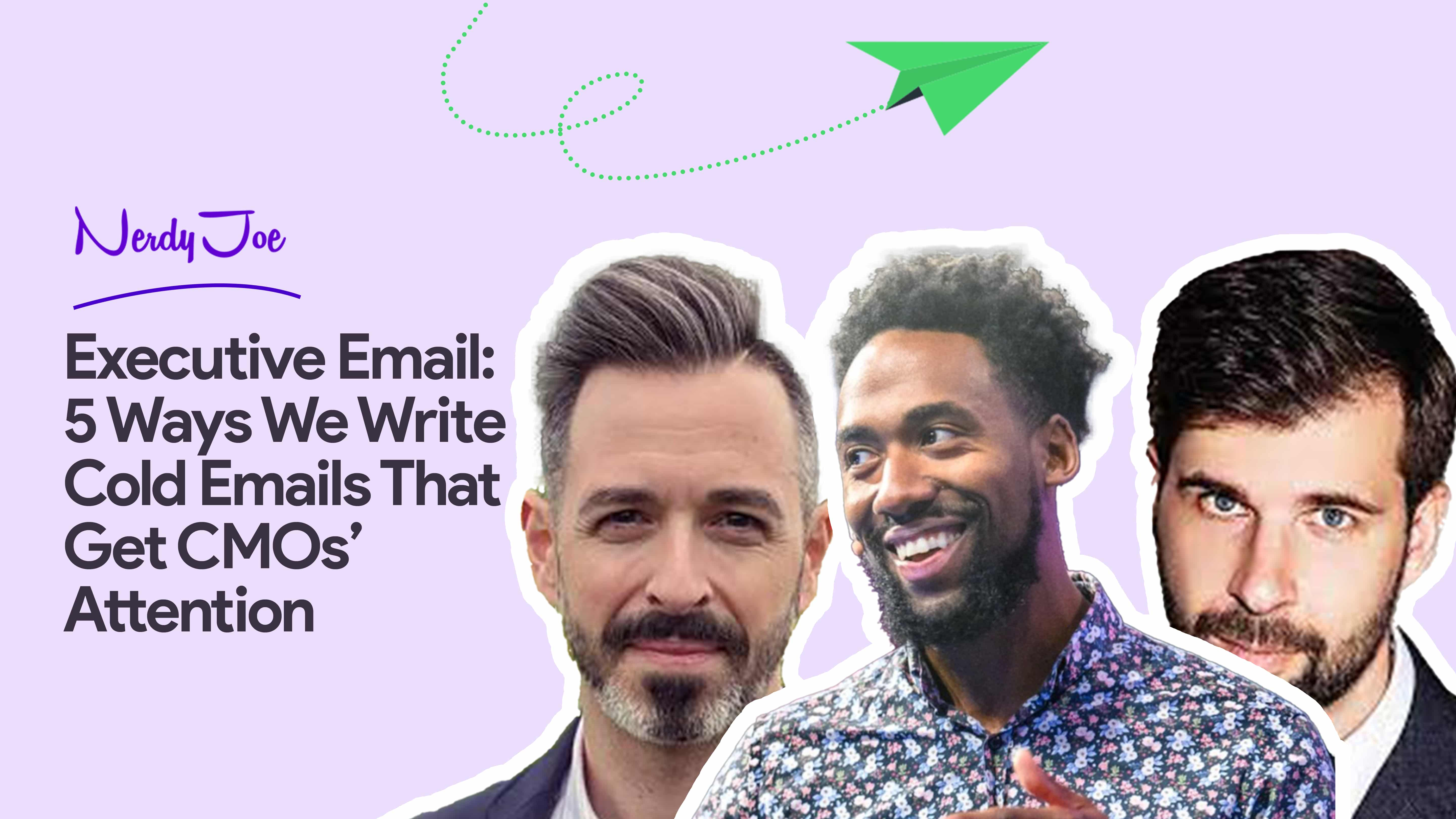
![top b2b lead generation companies and services in 2023 [in-depth review]](https://www.datocms-assets.com/66765/1674066909-top-b2b-lead-generation-companies-and-services-in-2023-in-depth-review-3x.jpg?w=600&h=400&fm=webp)
